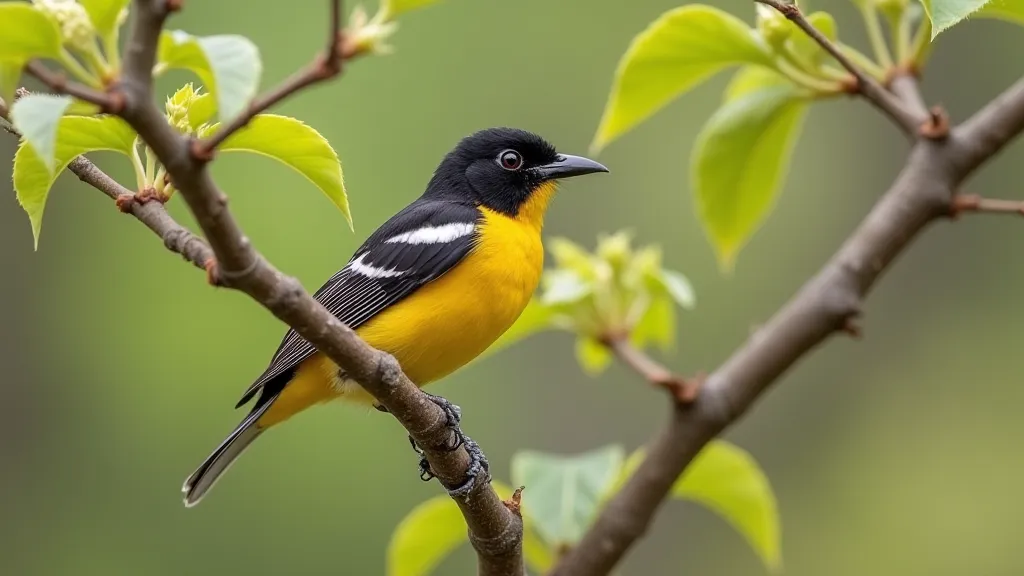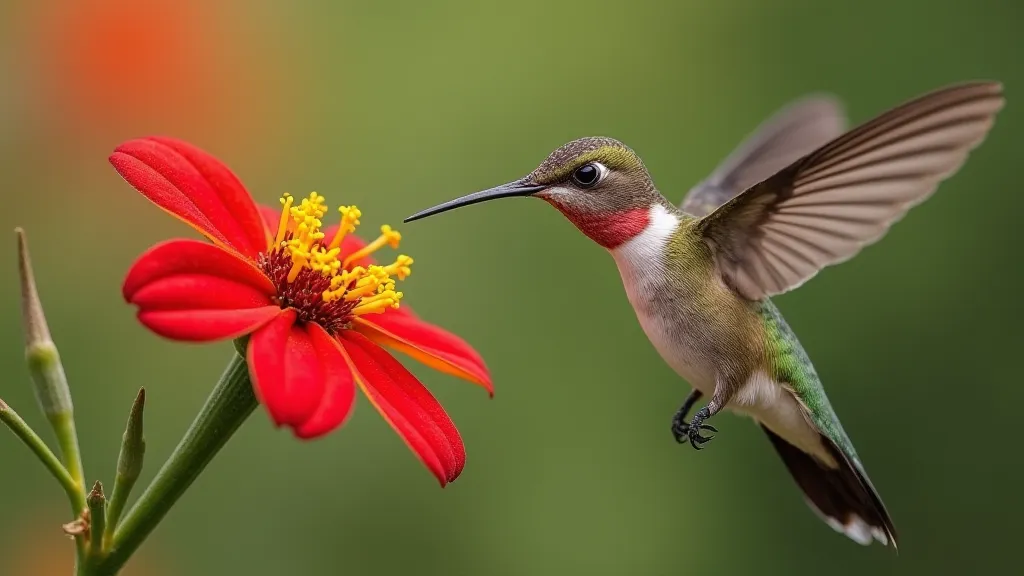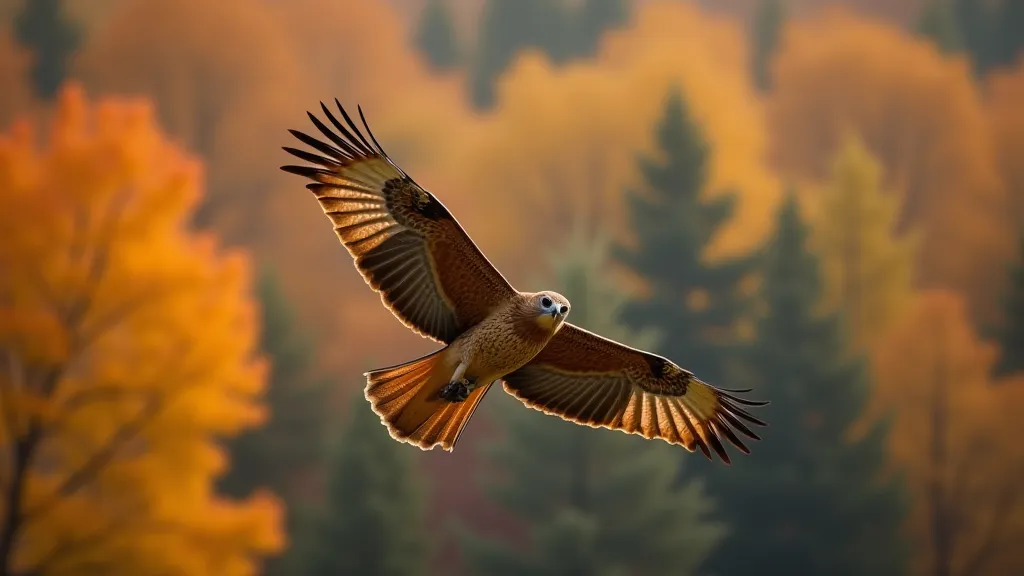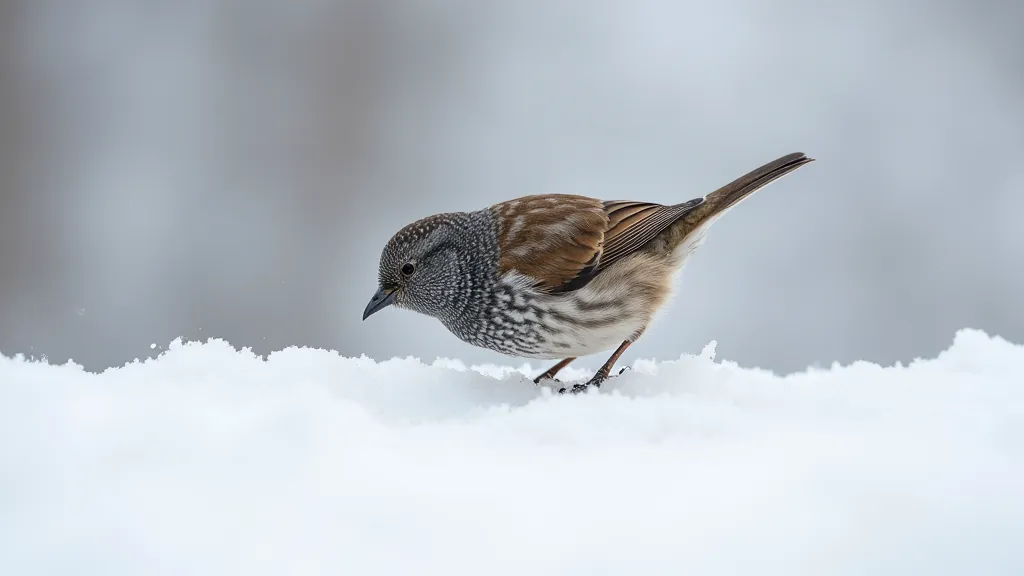Birding in the Appalachian Mountains: A Seasonal Guide
The Appalachian Mountains, stretching from Maine to Georgia, offer a stunning backdrop for bird watching. Their diverse habitats – lush forests, high-elevation meadows, rushing rivers – support a remarkable array of bird species. This guide details what to expect throughout the year, helping you plan your birding trips and maximize your sightings.
Spring (March - May): The Arrival and Breeding Season
Spring is arguably the most vibrant time for birding in the Appalachians. Migratory birds are returning from their wintering grounds, adding to the resident species. The forests come alive with song as birds establish territories and begin breeding. Early spring brings warblers, thrushes, and flycatchers. Look and listen carefully, as these birds can be difficult to spot amongst the blossoming trees.

What to Expect:
- Warblers: Black-throated Blue, Yellow, American Redstart, Blackburnian Warbler.
- Thrushes: Wood Thrush, Hermit Thrush, Veery.
- Flycatchers: Least Flycatcher, Eastern Wood-Pewee, Great Crested Flycatcher.
- Breeding Birds: Listen for the distinctive calls of nesting birds.
Summer (June - August): Nesting and Fledglings
Summer in the Appalachians is warm and humid. Most birds are focused on raising their young. Nesting activity peaks, though some birds may be more secretive to protect their nests. Insect abundance supports a large variety of birds, including hummingbirds and swallows.

What to Expect:
- Hummingbirds: Ruby-throated Hummingbird.
- Swallows: Barn Swallow, Tree Swallow.
- Flycatchers: Eastern Phoebe, Great Crested Flycatcher (still active).
- Resident Species: Brown-headed Nuthatches, Carolina Chickadees, Tufted Titmice.
Fall (September - November): Migration and Preparations
As leaves change color, fall brings another wave of migration. Birds are moving south for the winter, and it’s a fantastic opportunity to see a variety of species. Hawk migration is particularly impressive. Food is abundant as birds prepare for the colder months.

What to Expect:
- Hawk Migration: Red-tailed Hawk, Broad-winged Hawk.
- Sparrows: Field Sparrow, Song Sparrow.
- Warblers: Some warblers may linger longer than expected.
- Golden-crowned Kinglets: Arriving from northern breeding grounds.
Winter (December - February): A Quiet Beauty
Winter in the Appalachians can be harsh, but it still offers birding opportunities. Resident birds become more visible as migratory species have departed. Look for birds feeding on berries and seeds. Snowy conditions can also concentrate birds around food sources.

What to Expect:
- Juncos: Dark-eyed Junco.
- Nuthatches & Titmice: Brown-headed Nuthatch, Carolina Chickadee, Tufted Titmouse.
- Downy Woodpeckers: Searching for insects under the bark of trees.
- Winter Sparrows: American Tree Sparrow.
Tips for Appalachian Birding:
- Dress in Layers: Weather can change quickly in the mountains.
- Bring Binoculars: Essential for spotting birds.
- Use a Field Guide: To help identify the birds you see.
- Listen Carefully: Bird songs can be a key identifier.
- Respect Wildlife: Observe birds from a distance and avoid disturbing their habitat.





